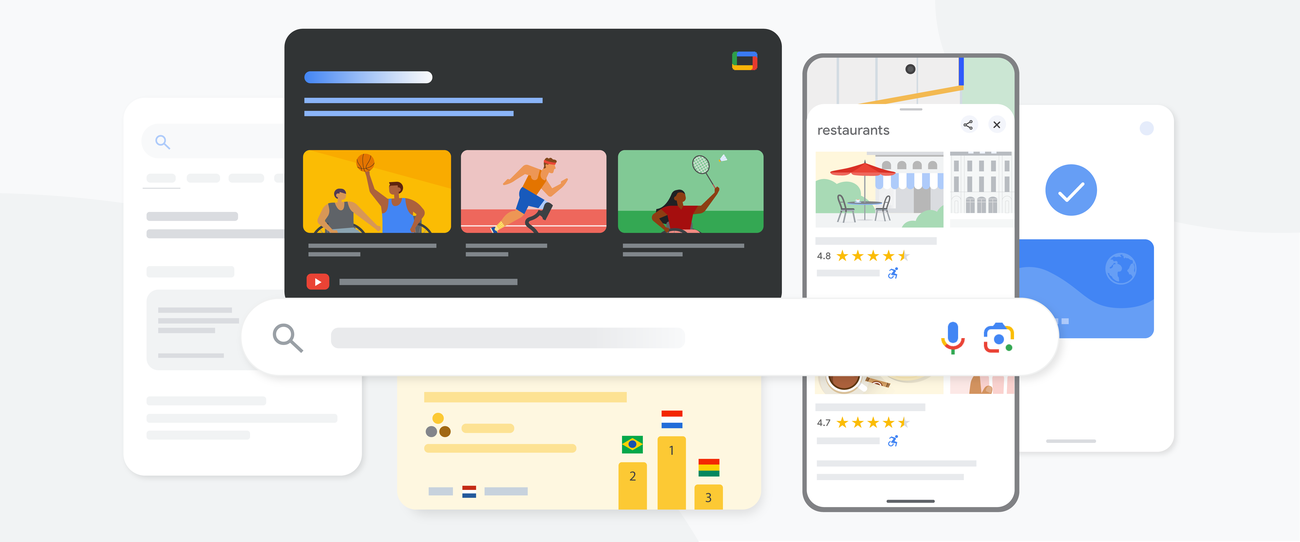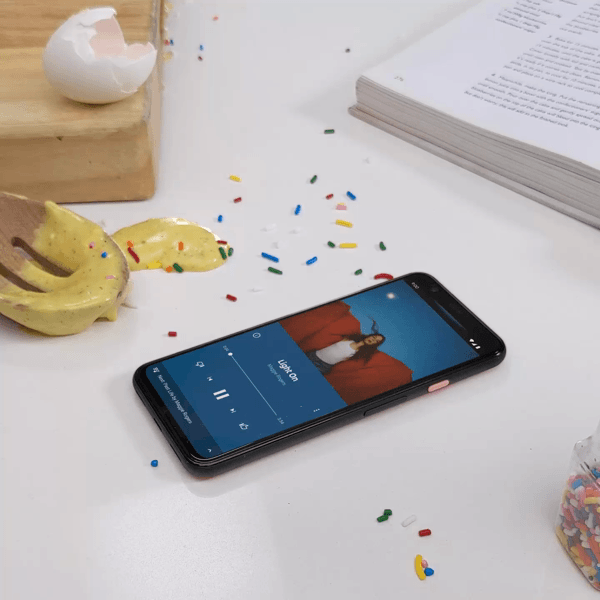Schlagwort: Google Pay
-

7 ways to keep up with the Paralympic Games Paris 2024 on Google and YouTube7 ways to keep up with the Paralympic Games Paris 2024 on Google and YouTube
Reading Time: < 1 minuteSome of the world’s greatest athletes are headed to Paris for the Paralympic Games. And with features across Search, Maps, YouTube and more, you can experience the action wherever you are. 1. Stay up-to-date on what’s happening with Search Celebrate the Paralympic Games through daily Paralympic Doodles and features which help…
-

Living in a multi-device world with AndroidLiving in a multi-device world with AndroidVP of Product Management
Reading Time: 6 minutesAndroid has grown into the most popular OS in the world, delivering access, connectivity and information to people everywhere on their smartphones. There are over three billion active monthly Android devices around the world, and in the last year alone, more than a billion new Android phones have been activated. While the…
-

Ask a Techspert: How do digital wallets work?Ask a Techspert: How do digital wallets work?Contributor
Reading Time: 5 minutesIn recent months, you may have gone out to dinner only to realize you left your COVID vaccine card at home. Luckily, the host is OK with the photo of it on your phone. In this case, it’s acceptable to show someone a picture of a card, but for other things it…
-

New music controls, emoji and more features dropping for PixelNew music controls, emoji and more features dropping for PixelProduct Manager
Reading Time: 4 minutesA few months ago, Pixel owners got a few new, helpful features in our first feature drop. Beginning today, even more updates and new experiences will begin rolling out to Pixel users. Help when you need it You can already use Motion Sense to skip forward or go back to a previous song. Now, if you have a…
-

Bringing the art of movement to the worldBringing the art of movement to the worldDirector
Reading Time: 2 minutesRosa Mei is a professional dancer and martial artist who creates apps to teach movement: 7 Minute Chi, Meditation Moves, Taichi Temple, Gymnast Fit and Super Funky. Check out more #IMakeApps stories on g.co/play/imakeapps. What types of apps do you make? I make apps that teach busy people how to move and…




